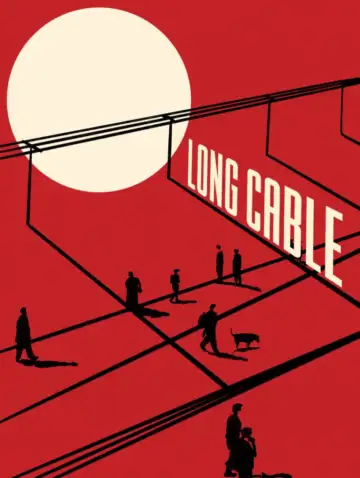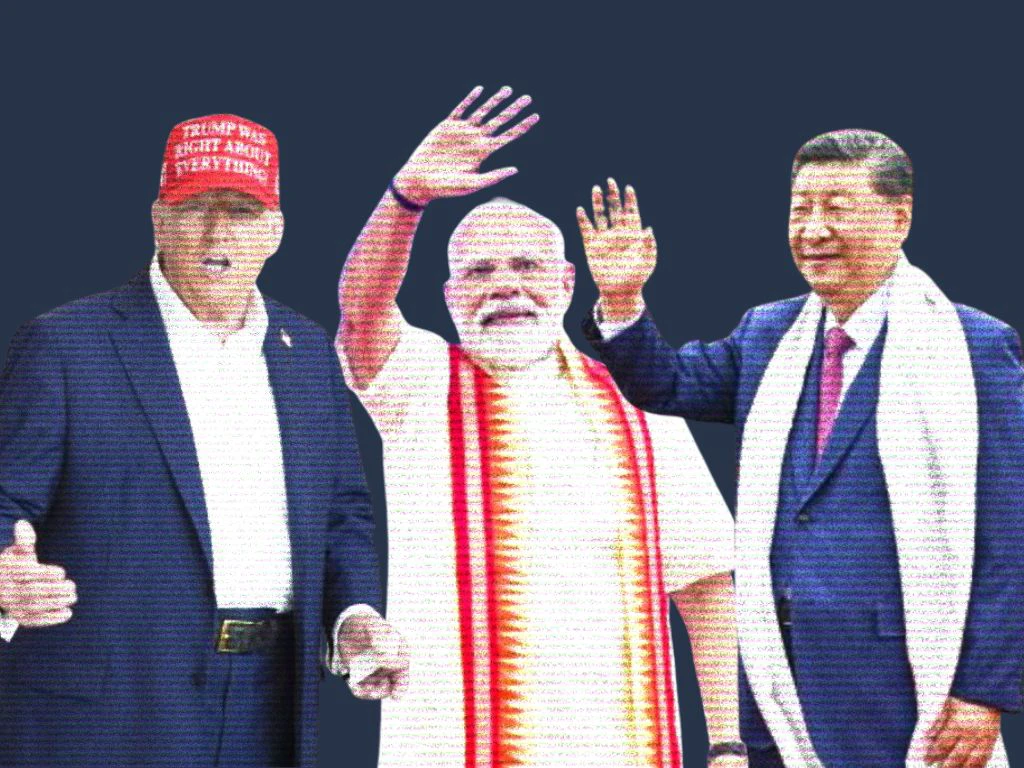Almost as soon as the Cold War ended, India has been banking on a multipolar world. The idea that this was a good thing (with India being one of poles in this scenario) has been uncontested, and has followed a smooth progression from people like Atal Bihari Vajpayee advocating that India should work towards it in 2003 , to Indian think-tanks stating that a multipolar world was here in 2010 and India had a role to play.
Fifteen years later a multipolar order might finally be emerging, but the only role that India seems to be playing is whether to appease the US or placate China.
 To understand what went wrong, we have to acknowledge the awesome power of the United States after World War II. Through NATO, the Bretton Woods institutions (World Bank and International Monetary Fund with the US dollar as core currency), military agreements and bases in South Korea and Japan, and the Five Eyes intelligence alliance, as well as its forward deployment in West Asia, the US either directly controlled or was the leading security actor in much of the globe.
To understand what went wrong, we have to acknowledge the awesome power of the United States after World War II. Through NATO, the Bretton Woods institutions (World Bank and International Monetary Fund with the US dollar as core currency), military agreements and bases in South Korea and Japan, and the Five Eyes intelligence alliance, as well as its forward deployment in West Asia, the US either directly controlled or was the leading security actor in much of the globe.
In 1991, when the Cold War ended, the Organisation for Economic Co-operation and Development (OECD) countries – most of whom are under the US security umbrella – accounted for US$ 20 trillion of the global economy of US$ 24 trillion (84%). While the rise of other countries after that has changed that percentage point, by 2024 they still accounted for 61% of global GDP.
Since World War II, and even more after the end of the Cold War, the US has been the most dominant force in the security and economy of the world. The nuclear weapons of the USSR gave an illusion of parity, but the Cold War bankrupted the Soviet Union while the US entered the end of the Cold War so rich that it could offer itself a ‘peace dividend.’
While other economies have flourished since 1989, principally China whose economy has grown 50 times and now accounts for nearly 15% of global GDP, the US and the alliance structure it dominates has also expanded with the inclusion of more and more countries into NATO.
Put bluntly, the United States is a military and economic power (let us ignore technology, culture, and academia – although it massively dominates those as well) that has no precedent in history. No single country, or group of countries, can challenge it.
Two examples should serve to clarify matters. China has vociferously opposed US policies and actions in West Asia for the last two years as Israel has rampaged without constraint of law or sense, but in actual fact, has done nothing of substance. A close reading by Marc Lynch, one of the best academics on the region, reveals why: China has neither the capacity or the interest to challenge or replace the US-led order in West Asia. And then you had the leadership of the Europeans (plus UK) recently backing Volodymyr Zelensky against the Trump administration’s moves to legitimise the Russian military capture of Ukrainian territory, to no avail.
If there is a near competitor to the US, it is China. If there is an economy to rival that of the US, it is the European Union’s. And yet one studiously avoids any confrontation, and the second pleads for mercy.
The truth is that the world is the way it is because the US says so. Nuclear weapons provide some check to that power, but that’s about it. And where is India in all of this? Despite a 13-fold increase in its national income since 1989, India still accounts for only 3.5% of the world’s GDP. It may have a large military, but that force is woefully under-equipped, and dependent on an economy that will crash in the face of a long-term conflict. If it had any hopes of being a pole in the world order, it would only have been if the US backstopped it. To be honest, all we were auditioning for was the role of junior partner in a world order run by the US – one in which countries that the US wanted to keep in their place, whether China or Iran, would be squeezed by us as well. Our place in the great multipolar world that so many Indian policymakers have harped upon was critically dependent on US support, and the Trump administration has declared that it is no longer interested.
In fact, the Trump administration has declared it is not interested in a whole set of things. It does not really care about West Asian order, and is okay with Israel’s rampage. It does not care much about Ukraine, and wants Europe to carry the load. As for East Asia, that has not yet come into focus, but if the treatment of India is any indication – or the review of the AUKUS nuclear submarine agreement – then the US does not care much for that either.
As the US retreats in its interests across the world, a multipolar order is emerging by default, because the US under Trump is unwilling to maintain the order it built up since 1945, and in which it is the principal actor. This is a very different multipolarity than India had envisaged, and left on its own devices, it has few tools to manage it.
Elder statesmen are counselling that India should ride Trump II out, and things will change; maybe like Joe Biden after the first Trump administration, the next US President will say that the country is back. But to gamble on that seems shortsighted, given where we have found ourselves. Hoping to align with another order risks India becoming a follower of China, with whom we have some differences (cough, cough, the longest unresolved border in the world).
Now might be a good time to ask the proponents of multi-polarity about what India can do on its own, who its partners in such a project should be, and how it intends to build such partnerships. So far, though, we seem to be stuck with hot air.
Omair Ahmad is an author. His last novel, Jimmy the Terrorist, was shortlisted for the Man Asian Literary Prize, and won the Crossword Award.
This piece was first published on The India Cable – a premium newsletter from The Wire – and has been updated and republished here. To subscribe to The India Cable, click here.
